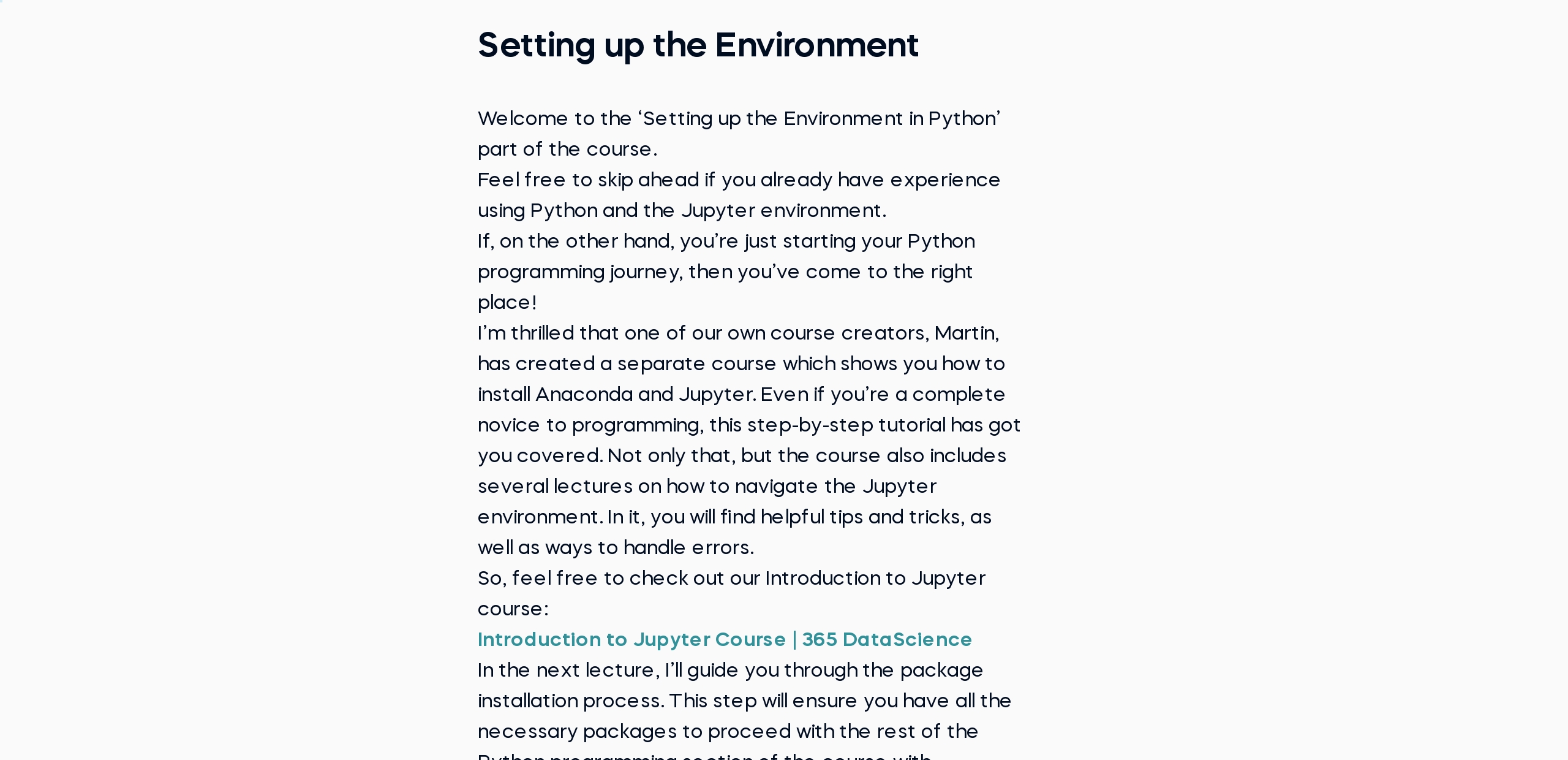Machine Learning with Decision Trees and Random Forests
Master Decision Trees and Random Forests: from theoretical foundations to practical applications
 Start for Free
Start for Free
What you get:
- 1 hour of content
- 27 Interactive exercises
- 11 Downloadable resources
- World-class instructor
- Closed captions
- Q&A support
- Future course updates
- Course exam
- Certificate of achievement
Machine Learning with Decision Trees and Random Forests
 Start for Free
Start for Free
What you get:
- 1 hour of content
- 27 Interactive exercises
- 11 Downloadable resources
- World-class instructor
- Closed captions
- Q&A support
- Future course updates
- Course exam
- Certificate of achievement
$99.00
Lifetime access
 Start for Free
Start for Free
What you get:
- 1 hour of content
- 27 Interactive exercises
- 11 Downloadable resources
- World-class instructor
- Closed captions
- Q&A support
- Future course updates
- Course exam
- Certificate of achievement
What You Learn
- Master Decision Trees and Random Forests to elevate your data analysis skills to the next level
- Fully grasp the inner workings of Decision Trees and Random Forests as well as their practical application
- Understand the pros and cons of Decision Trees and Random Forests algorithms to make informed decisions in model selection
- Build and optimize predictor models using Decision Trees and Random Forests and learn why they are indispensable when it comes to understanding the problem at hand
- Integrate essential math concepts with hands-on Python programming skills
- Develop the skills to independently plan, execute, and deliver a complete ML project from start to finish
Top Choice of Leading Companies Worldwide
Industry leaders and professionals globally rely on this top-rated course to enhance their skills.
Course Description
Learn for Free

1.1 What does the course cover?
5 min

2.1 Setting up the environment
1 min

2.2 Installing the relevant packages
3 min

3.1 What Is a Tree in Computer Science?
4 min

3.3 The Concept of Decision Trees
3 min

3.4 Decision Trees in Machine Learning
5 min
Curriculum
- 2. Setting up the Environment2 Lessons 4 MinSection 2 prepares you for the practical part of the course by guiding you through the process of installing all relevant Python packages.Setting up the environment Read now1 minInstalling the relevant packages3 min
- 3. Decision Trees10 Lessons 46 MinThis is the main section of the course where we will use visual examples to make sense of the concept of decision trees. We will cover the advantages and disadvantages of this method and find out what goes into building decision tree models. You will also learn about a popular technique known as tree pruning. In order to apply your newly found skills, you will be diving into a practical example of how to create decision trees with sklearn.What Is a Tree in Computer Science?4 minThe Concept of Decision Trees3 minDecision Trees in Machine Learning5 minDecision Trees: Pros and Cons7 minPractical Example: The Iris Dataset2 minPractical Example: Creating a Decision Tree6 minPractical Example: Plotting the Tree7 minDecision Tree Metrics Intuition: Gini Impurity6 minDecision Tree Metrics: Information Gain2 minTree Pruning: Dealing with Overfitting4 min
- 4. Random Forests7 Lessons 35 MinThe final section of this course is dedicated to the random forest algorithm. We will learn about bootstrapping and bagged decision trees – all steps towards the creation of a random forest. It is important to understand the distinction in applications between decision trees and random forests, so this is included as well. Finally, we conclude this section and the course with a comprehensive case study. The first half of our practical example is dedicated to showing you how to implement random forests in sklearn. After that, we will model a person’s salary based on various census features. We will create both a decision tree and a random forest model for this dataset and compare the performance of each.Random Forest as Ensemble Learning3 minBootstrapping4 minFrom Bootstrapping to Random Forests3 minRandom Forest in Code – Glass Dataset9 minCensus Data and Income – Preprocessing9 minTraining the Decision Tree3 minTraining the Random Forest4 min
Topics
Course Requirements
- You need to complete an introduction to Python before taking this course
- Basic skills in statistics, probability, and linear algebra are required
- It is highly recommended to take the Machine Learning in Python course first
- You will need to install the Anaconda package, which includes Jupyter Notebook
Who Should Take This Course?
Level of difficulty: Intermediate
- Aspiring data scientists and ML engineers
Exams and Certification
A 365 Data Science Course Certificate is an excellent addition to your LinkedIn profile—demonstrating your expertise and willingness to go the extra mile to accomplish your goals.

Meet Your Instructor

Nikola Pulev is a Natural Sciences graduate from the University of Cambridge (UK) turned data science practitioner and a course instructor at 365 Data Science. Nikola has a strong passion for mathematics, physics, and programming. Over the years, he has taken part in multiple national and international competitions, where he has won numerous awards. One of Nikola’s most notable achievements so far is his silver medal from the International Physics Olympiad.
What Our Learners Say
365 Data Science Is Featured at
Our top-rated courses are trusted by business worldwide.